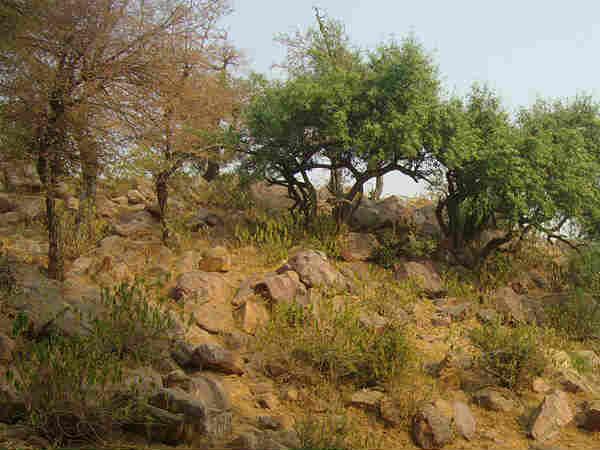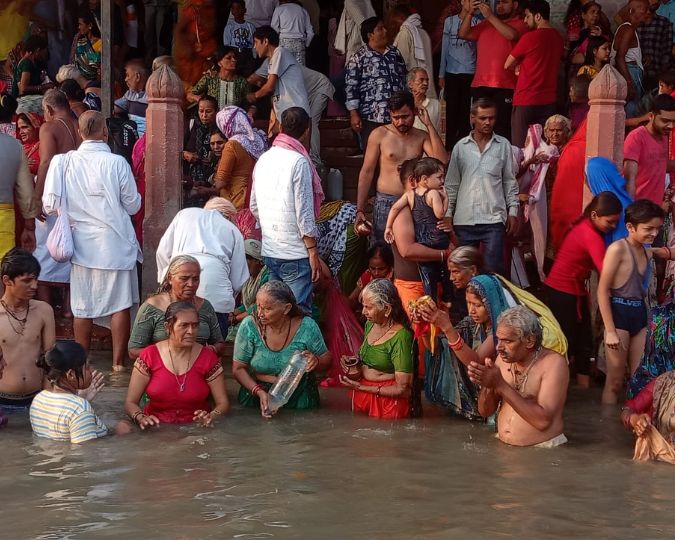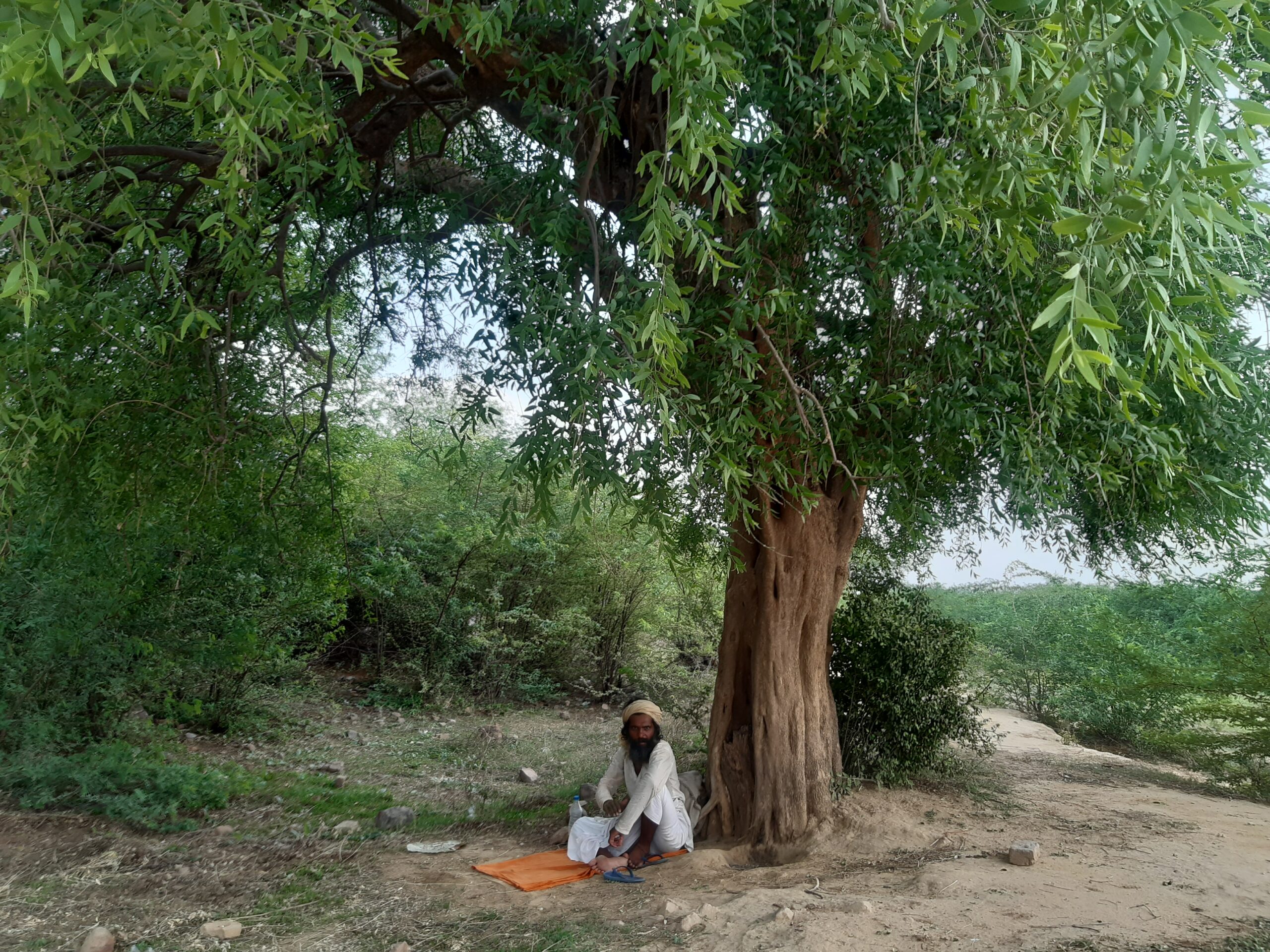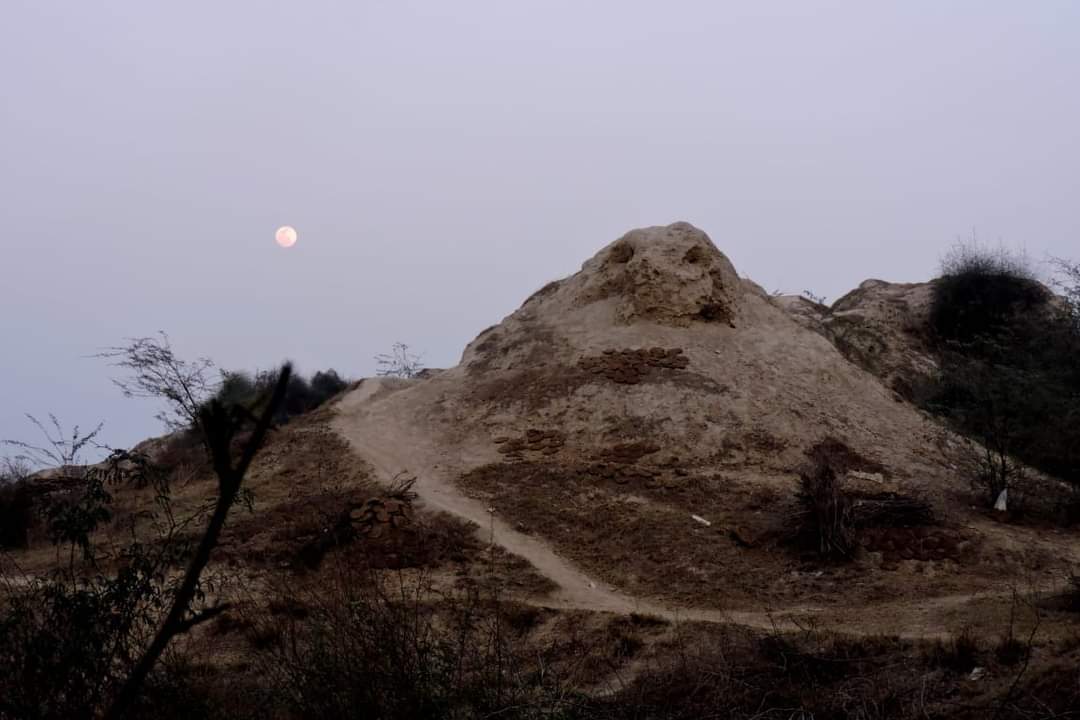Govardhan: The Living Hill That Held Up the Skies
By Brij Khandelwal
2025.08.05 (Vrindavan Today News)
More than just a mound of earth, Govardhan is a living deity — once lifted by Shri Krishna to shield the people of Braj from Indra’s wrathful storm. For seven divine days, the hill hovered like a canopy of compassion, sheltering cows, villagers, saints, and seers. Even today, Govardhan breathes devotion: pilgrims walk barefoot on its 21-km parikrama path, offering prayers, songs, and tears. Every stone is sacred, every turn a tale of divine love. This hill is not a monument of the past, but a living sanctuary of India’s spiritual, cultural, and ecological heritage. Yet it remains unrecognized by global bodies like UNESCO. It’s time the world acknowledged Govardhan not just as a sacred geography, but as a global symbol of harmony between nature, faith, and community. To preserve Govardhan is to uphold the eternal values that Krishna taught beneath its divine shadow.
A few years ago, I interacted with a team of American landscape experts, who were drawing up a conservation plan for Govardhan Parbat. They told me that the religious shrine strongly deserved to be recognised as a world heritage site.
“Goverdhan hill is unique in the world, visited by more than ten million people annually. However, its ecosystem is in a shambles, the water bodies have been destroyed and the green cover almost disappeared,” Amita Sinha of the Department of Landscape Architecture, University of Illinois at Urbana Champaign, US, had told me. Sinha and her team completed a weeklong study of Goverdhan hill. The study was presented to the university and the Braj Foundation, which was then engaged in the restoration of ancient heritage sites in the entire Braj Mandal area in and around Vrindavan, Mathura and Agra, filled with references to Lord Krishna. The team prepared a watershed map of the hill. They identified vegetation patterns, surveyed historic and other structures, observed pilgrimage rites and conducted interviews with pilgrims and resident devotees. The experience was truly amazing. The information gathered through intensive interaction with pilgrims, priests and the ordinary people helped the team to work on a holistic project keeping the spiritual and cultural features of the area in mind. The Uttar Pradesh government was supposed to pursue the demand for getting Govardhan Hill world heritage site status, but the project was shelved for some reasons.
The Braj Mandal Heritage Conservation Society had taken up the demand with concerned departments, but the state government bodies showed no zeal or interest in the campaign. Once again, Heritage conservationists have sought Yogi government’s support to submit a fresh proposal to UNESCO, to secure heritage status for Goverdhan., which is more than a geological formation—it is a living testament to the divine legacy of Lord Krishna, a cornerstone of Hindu mythology, and a vibrant hub of cultural and spiritual activity. Visited by millions of devotees annually, this revered site is integral to Krishna mythology, particularly the legendary tale of Krishna lifting the hill to protect the people of Braj from torrential rains, as described in the Bhagavat Purana. Its round-the-clock parikrama (circumambulation) by pilgrims underscores its enduring spiritual significance. Nominating Govardhan Parbat for UNESCO World Heritage status is a critical step toward preserving its cultural sanctity and ecological balance for future generations.
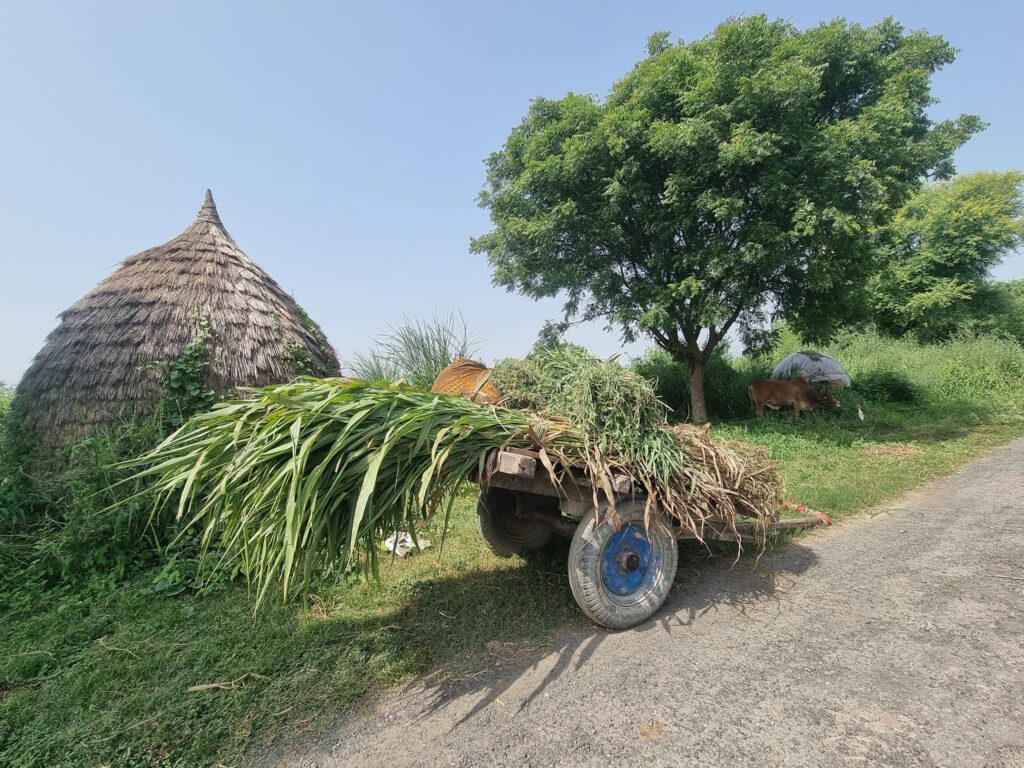
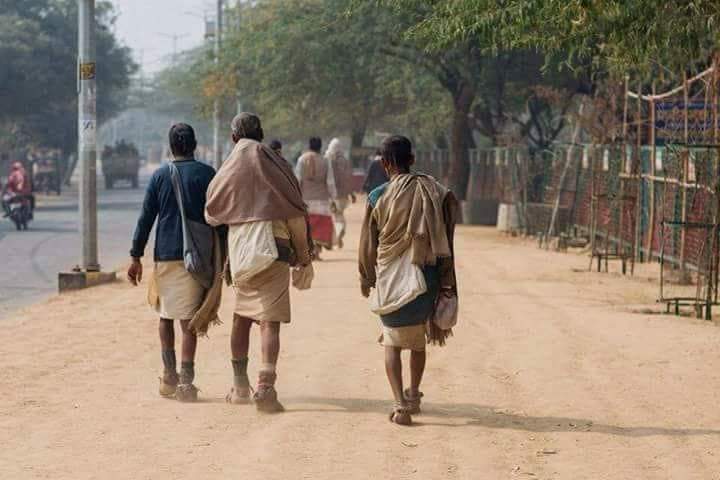
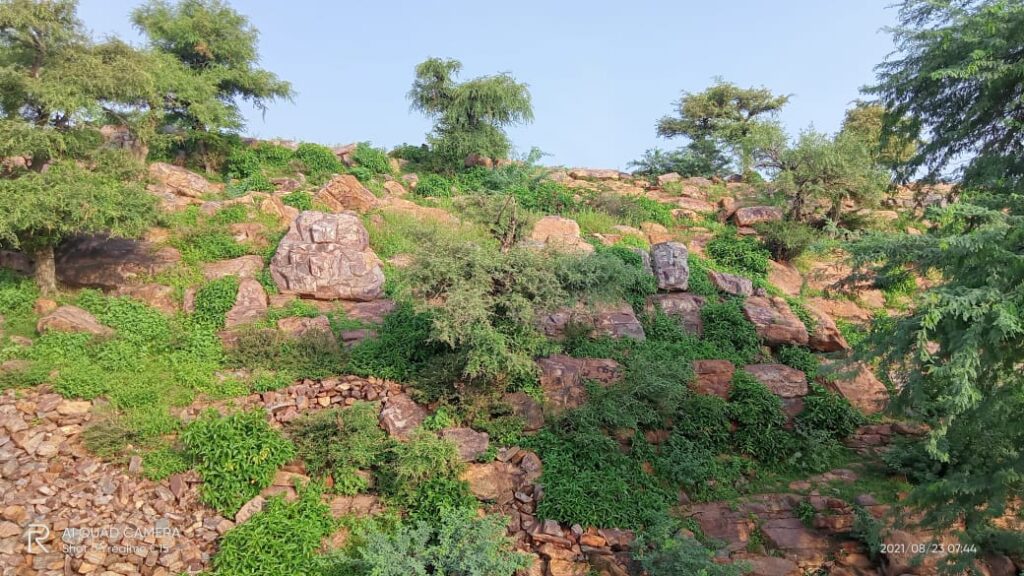
Govardhan Parbat holds is dotted with ancient temples, sacred groves, and kunds (water tanks), is a living pilgrimage site. The vibrant festivals, such as Govardhan Puja, draw countless visitors, making the hill a dynamic cultural and spiritual landscape that embodies India’s intangible heritage.
Despite its spiritual and cultural prominence, Govardhan Parbat’s ecology is under strain. The influx of millions of pilgrims, coupled with unregulated construction, deforestation, and pollution, threatens the hill’s delicate ecosystem. The sacred groves, once lush with native flora, are dwindling, and the kunds, integral to the Braj landscape, suffer from siltation and neglect. The hill’s geological features, shaped over millennia, face erosion due to foot traffic and environmental degradation. Without intervention, this irreplaceable site risks losing its natural and cultural integrity.
UNESCO World Heritage designation would provide Govardhan Parbat with global recognition and robust frameworks for preservation, aligning with UNESCO’s mission to protect sites of outstanding universal value. The hill meets multiple UNESCO criteria: it exemplifies human creative genius through its temples and cultural practices (Criterion i), bears testimony to the living tradition of Krishna worship (Criterion iii), and represents a significant ecological and cultural landscape intertwined with human settlement and devotion (Criterion v). Additionally, its sacred groves and biodiversity align with natural heritage criteria, emphasizing ecological processes and biodiversity conservation
UNESCO status would unlock international support, including funding, technical expertise, and sustainable tourism strategies, as seen with other Indian sites like the Sundarbans and Western Ghats. It would mandate state and local governments to integrate conservation into regional planning, ensuring the protection of the hill’s ecology while respecting its spiritual practices. The designation would also promote responsible tourism, minimizing environmental impact while supporting local communities through education and sustainable development, as demonstrated by India’s efforts with sites like Santiniketan.
The campaign for Govardhan Parbat’s UNESCO World Heritage status is a clarion call to safeguard a site that is both a spiritual beacon and an ecological treasure. Members of the River Connect Campaign, in a recent memorandum urged the Government of India, through the Ministry of Culture and the Archaeological Survey of India, to nominate Govardhan Parbat for UNESCO’s tentative list, as done successfully for sites like the Hoysala Temples and Santiniketan.
Vrindavan’s heritage lovers called on local communities, environmentalists, and devotees to advocate for sustainable practices, such as regulated parikrama routes, reforestation of sacred groves, and restoration of kunds. International support from UNESCO’s World Heritage Committee can amplify these efforts, ensuring Govardhan Parbat remains a vibrant pilgrimage site and a biodiverse haven, said Jagan Nath Poddar.
Environmentalist Dr Devashish Bhattacharya said, “Govardhan Parbat is not just a hill—it is a symbol of devotion, resilience, and humanity’s connection to nature. Its recognition as a UNESCO World Heritage Site would honor its universal value, protect its fragile ecology, and ensure that the stories of Krishna and the traditions of Braj endure for generations. Join us in this campaign to preserve Govardhan Parbat, a sacred legacy that belongs to all of humanity.”
Presently the holy Govardhan Hill, faces significant ecological degradation due to human activity and neglect. The hill’s vegetation has dwindled, with native trees and shrubs replaced by invasive species or lost entirely . Traditional ponds and lakes (like Radha Kund and Shyama Kund) have suffered from pollution and encroachment, reducing their capacity and purity . Unregulated construction, mining, and pilgrim foot traffic have accelerated erosion, destabilizing the hill’s natural structure .
A functionary of the Heritage Conservation Group, Dr Mukul Pandya said, “More than 10 million visitors annually, come to the town, with peaks during Mudiya Poonau, Govardhan Puja and other festivals . The 21-km Parikrama (circumambulation) path sees heavy foot traffic, leading to littering, soil compaction, and damage to surrounding ecosystems . Govardhan Hill remains a vital spiritual and ecological landmark, but urgent action is needed to address pollution, deforestation, and unsustainable tourism. With coordinated efforts, it could become a model for sacred ecological conservation.”



